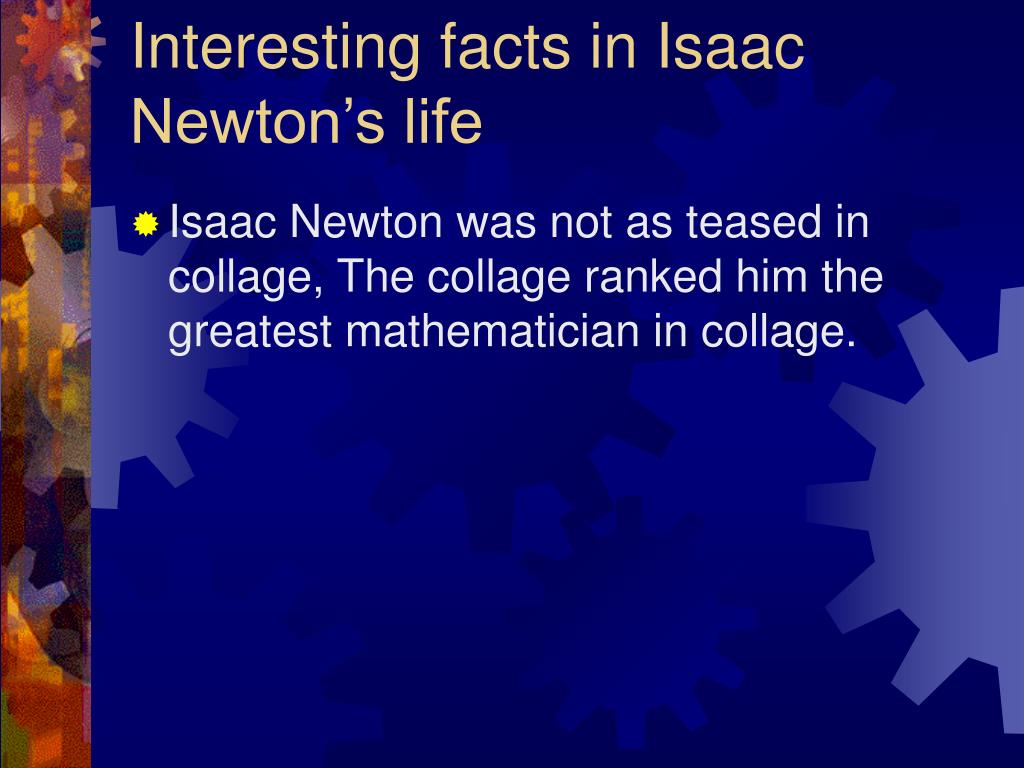

It had caught the interest of the Egyptians, then the Jews, then the Phoenicians, until it emerged almost fully-blown in the philosophy of Pythagoras. Bits of this ancient knowledge had been transported through the Flood by Noah. He thought he was recovering parts of a body of primordial knowledge called the prisca sapientia (the “pristine wisdom”). But Sir Isaac didn’t think his discoveries were original. He also discovered the law of universal gravitation (including the inverse-square law of attraction), which he expressed allegorically as the divine music of the spheres holding the planets in thrall to the sun.īut, wait a minute! Didn’t Sir Isaac Newton (1642-1727) discover the law of universal gravitation? Adding to this the secret doctrines of Moses, he discovered that the planets revolved around the sun. Pythagoras returned to his home in the Greek colony of Crote in southern Italy to further develop his mystical philosophy which stated that the numerical relationships reflected in the relationships between musical chords are the bedrock of reality. Moschus was the Phoenician name for Moses, and his descendants gave Pythagoras esoteric doctrines passed down to them from their illustrious ancestor. Up through the seventeenth century CE, scholars believed Pythagoras journeyed to Sidon, in Phoenicia, where he met the descendants of a man named Moschus (or Mochus) who had lived five hundred years before.
#Where did isaac newton live free
He founded an order whose adherents strove to free themselves from the cycle of earthly incarnations through vegetarianism, silence, and contemplation of the ultimate reality of the universe.

1 He taught the doctrine of reincarnation and was thought to remember twenty-two of his past lives. Plutarch says that he taught an eagle to come at his command and stoop down to him in flight. The sixth-century BCE Greek philosopher-mystic Pythagoras was a man of spectacular achievement. From New Dawn Special Issue Vol 7 No 3 (June 2013)


 0 kommentar(er)
0 kommentar(er)
